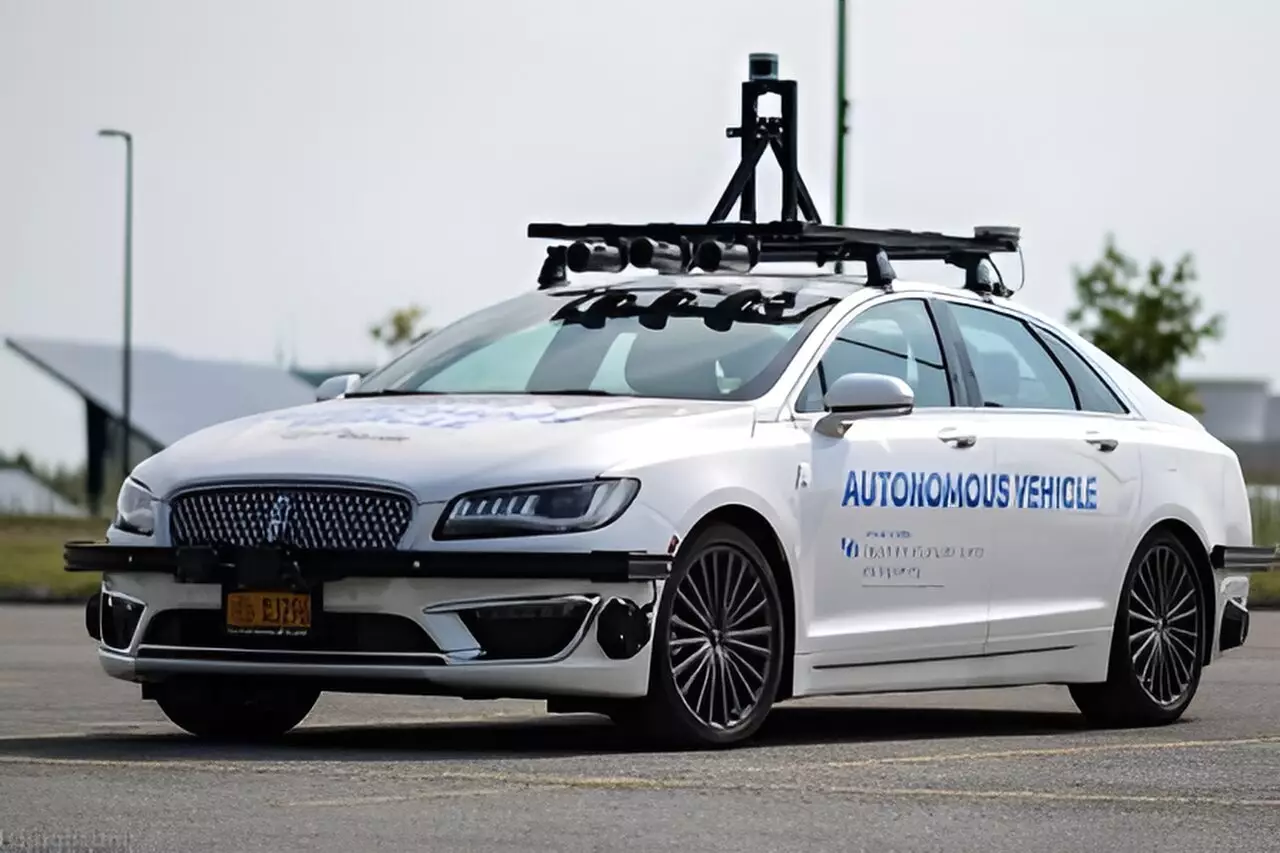As technology advances, self-driving vehicles powered by artificial intelligence are becoming more prevalent in today’s society. However, the reliance on AI systems raises concerns about potential vulnerabilities to attacks. Ongoing research at the University at Buffalo delves into the security risks associated with autonomous vehicles, shedding light on the potential for malicious actors to exploit weaknesses in AI-powered systems.
Studies conducted at the University at Buffalo have revealed alarming vulnerabilities in self-driving vehicles, particularly in the context of object detection using sensors like lidars, radars, and cameras. For example, researchers demonstrated how strategically placing 3D-printed objects, known as “tile masks,” on a vehicle can deceive AI models in radar detection, rendering the vehicle invisible to the system. This raises serious concerns about the safety and reliability of autonomous vehicles in the face of potential attacks.
The implications of these research findings extend beyond the realm of academia, impacting industries such as automotive, technology, insurance, and government regulation. With self-driving vehicles poised to revolutionize transportation in the near future, safeguarding the technological systems that underpin these vehicles is paramount. The vulnerability of AI models in autonomous vehicles has significant implications for both industry stakeholders and policymakers, highlighting the urgent need for robust security measures.
The research at the University at Buffalo highlights the various threats that autonomous vehicles face from potential attackers. Malicious actors could exploit vulnerabilities in AI systems by inserting adversarial objects on vehicles, leading to dangerous consequences such as accidents, insurance fraud, or harm to passengers. These attacks could be carried out surreptitiously, impacting the safety and integrity of self-driving vehicles and posing significant risks to both drivers and pedestrians.
While advancements have been made in developing safety technologies for autonomous vehicles, the research underscores the lag in addressing external threats to AI systems. Most safety measures focus on internal vehicle components, neglecting the vulnerability of sensors to malicious attacks. This gap in security measures leaves self-driving vehicles susceptible to exploitation by attackers who possess knowledge of the radar object detection system, emphasizing the need for enhanced security protocols.
Looking ahead, researchers aim to investigate security measures not only for radars but also for other sensors like cameras and motion planning systems. The goal is to create a comprehensive defense strategy that safeguards autonomous vehicles against adversarial attacks and ensures the reliability of AI systems in various driving conditions. While challenges remain in developing infallible defense mechanisms, continued research and innovation are essential to mitigating the risks posed by malicious actors in the autonomous driving landscape.
The vulnerability of artificial intelligence systems in self-driving vehicles poses a significant threat to the safety and security of autonomous transportation. The research conducted at the University at Buffalo highlights the need for robust security measures to protect AI-powered systems from malicious attacks. As the adoption of self-driving vehicles continues to rise, addressing the vulnerabilities in AI models is crucial to ensuring the safe and reliable operation of autonomous vehicles in the future.

